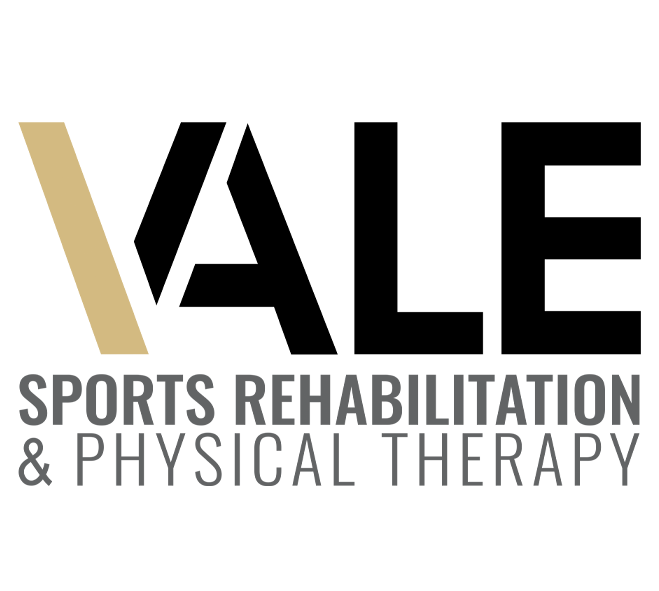What you need to know about high-intensity interval training
By Dr. Adrian Lorenzo, PT, DPT
Spring seems to take forever to come here in the Northeast. Yet when it finally arrives, summer feels like it’s right around the corner – leaving very limited time to get winter bodies back into swimsuit shape.
This often leads people to seek shortcuts to a better body, such as trendy workouts that promise fast and dramatic results. Among the most popular are High-Intensity Interval Training (HIIT) workouts. In fact, HIIT debuted at number one in an annual survey of fitness trends conducted by The American College of Sports Medicine in 2014 and has remained in the top three ever since.
As a lifelong fitness enthusiast myself, I understand the appeal of these systems, which go by names such as Crossfit and Orangetheory Fitness. People rave about the fat-burning, muscle-building benefits of high-intensity workouts. The use of technology such as heart-rate monitors creates an impression of scientific validity and safety. Many find that egging one another on in a boot camp-style group setting is highly motivating.
It’s also good for business here at Vale Sports Rehabilitation and Physical Therapy – because unfortunately, whenever a new HIIT program begins here in Bergen County, sports injuries are never far behind.
That’s because not everyone’s body type is made for that type of system or that specific exercise, yet everyone is expected to do the same workout. In theory, the moves can be modified – for example with lighter weights — to suit each person’s abilities. But too often, what happens instead is that people get caught up in the excitement of the group, or succumb to peer pressure. They rush into something too advanced, push themselves through it, and they end up getting hurt. Low back, knee, and shoulder injuries are particularly common HIIT injuries.

If you are considering a new workout this spring – especially a HIIT system — I recommend preparing as you would for any other new sport, by following these common-sense tips:
Establish a good basic fitness level first
Someone who doesn’t work out shouldn’t be jumping right into any type of power movement. Before taking on a new discipline – which could be anything, from Pilates to CrossFit to kickboxing – you need to make sure your cardiovascular endurance is good. You should also go through a basic weight training workout for both the upper and lower body before starting anything else.
Don’t forget to stretch
Stretching improves flexibility and helps with injury prevention. The American Physical Therapy Association (APTA) recommends warming up with dynamic stretching before your workout – that means using movement to combine muscle groups. After your workout, do static stretches – isolated stretches that you hold for a period of time.
Pay attention to recovery
Don’t underestimate the importance of recovery during HIIT. That means allowing yourself to recover not only in between high-intensity intervals during the class but also in between classes. Pushing through when you should be recovering will not only interfere with muscle-building, it will also increase your risk of injury. You need to rehydrate, refuel with proper nutrition, and get sufficient sleep in order to maximize the benefits of your workout, according to the APTA.
Listen to your body
Take notice of pain, soreness, or signs of fatigue, and don’t let a little problem become a big one. If you experience pain or swelling, especially in a joint like your knee, ankle, or shoulder, the APTA recommends the “RICE” strategy: Rest, Ice, Compression, and Elevation. If symptoms persist several days after your workout, see your healthcare provider.


